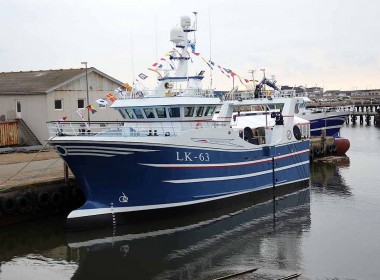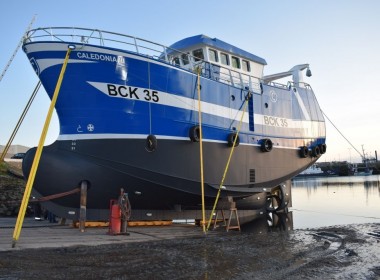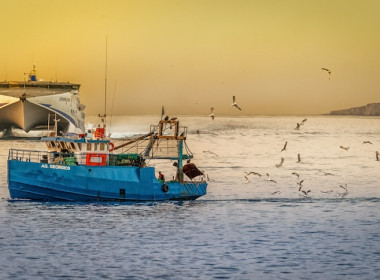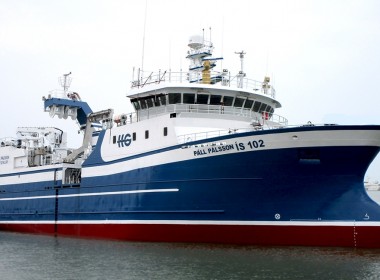OPINION | Determining the true human cost of fishing

Food security has consistently been recognised in the global fora as one of the world’s main challenges. And a safe, sustainable supply of fish product – for a global population expected to reach 9.7 billion by 2050 – is a crucial component of this challenge. Per capita fish consumption has soared – from 10 kg in the 1960s to more than 20 kg in 2016 and projected to reach 21.5 kg in 2030. Fish now accounts for almost 17 percent of the global population’s intake of protein – in some coastal and island countries it can top 70 percent.
Fisheries contribute to livelihoods, employment and income with particular importance in coastal communities in developing countries. The FAO estimates that fisheries and aquaculture support the livelihoods of 10 to 12 per cent of the world’s population, with more than 40 million people engaged in capture fisheries, and some 200 million along the value chain from harvesting to distribution. The total number of fishing vessels in the world in 2016 was estimated to be about 4.6 million, with the vast majority smaller than 12 metres.
But, while the positive contribution of fishing to the world economy, and the vital need to secure a safe and sustainable food chain, is known and understood, what is less well known is the true human cost of fishing. The ILO and FAO estimate that between 24 000 and 32 000 deaths occur annually in the pursuit of fishing – making fishing the most hazardous occupation in the world. Using these fatality estimates means that every hour nearly four fishermen die doing their job – some 88 per day. By way of comparison, in the commercial maritime industry the corresponding figure is less than one per day across the world’s merchant fleet – with less than 300 fatalities a year.
These fatality rates, coupled with disproportionally high injury and negative occupational health outcomes, paint a very bleak picture. Sadly, while the physical risks of fishing may be well documented, we still don’t have an accurate or comprehensive understanding of the real number of negative safety events and occupational health issues taking place out there – and we know even less about the real causation factors leading to these events. To add to this unclear picture is the realisation that many studies currently available are simply a regurgitation of earlier, older studies, with little to add to our body of knowledge.
Ultimately then, the problem is a social one – especially in the developing countries of the world – and manifested in lives lost, families made destitute, and stagnant generational ill-health and poverty. But until such time that we get a clearer picture of the actual safety situation in the industry, our current efforts may well be misdirected and inefficient. We need a database of accurate and comprehensive data. Real data. To address this widely acknowledged problem, the FISH Safety Foundation has now launched phase one of a new global fishing accident data management system.
The FISHER (Fishing Industry Safety and Health Event Reporting) Project is an evidence-based development program aimed at capturing, recording and analysing fishing accident and related health and safety event information, and establishing an accident data management system for the global fishingindustry. The clear objective for the program is to gather accurate and comprehensive information about the state of both fishing vessel safety, and human occupational safety and health practice in this industry. This information will be used to develop and promote innovative health and safety interventions in the international fishing sector – improving safety culture and standards in the worlds’ most hazardous industry.







